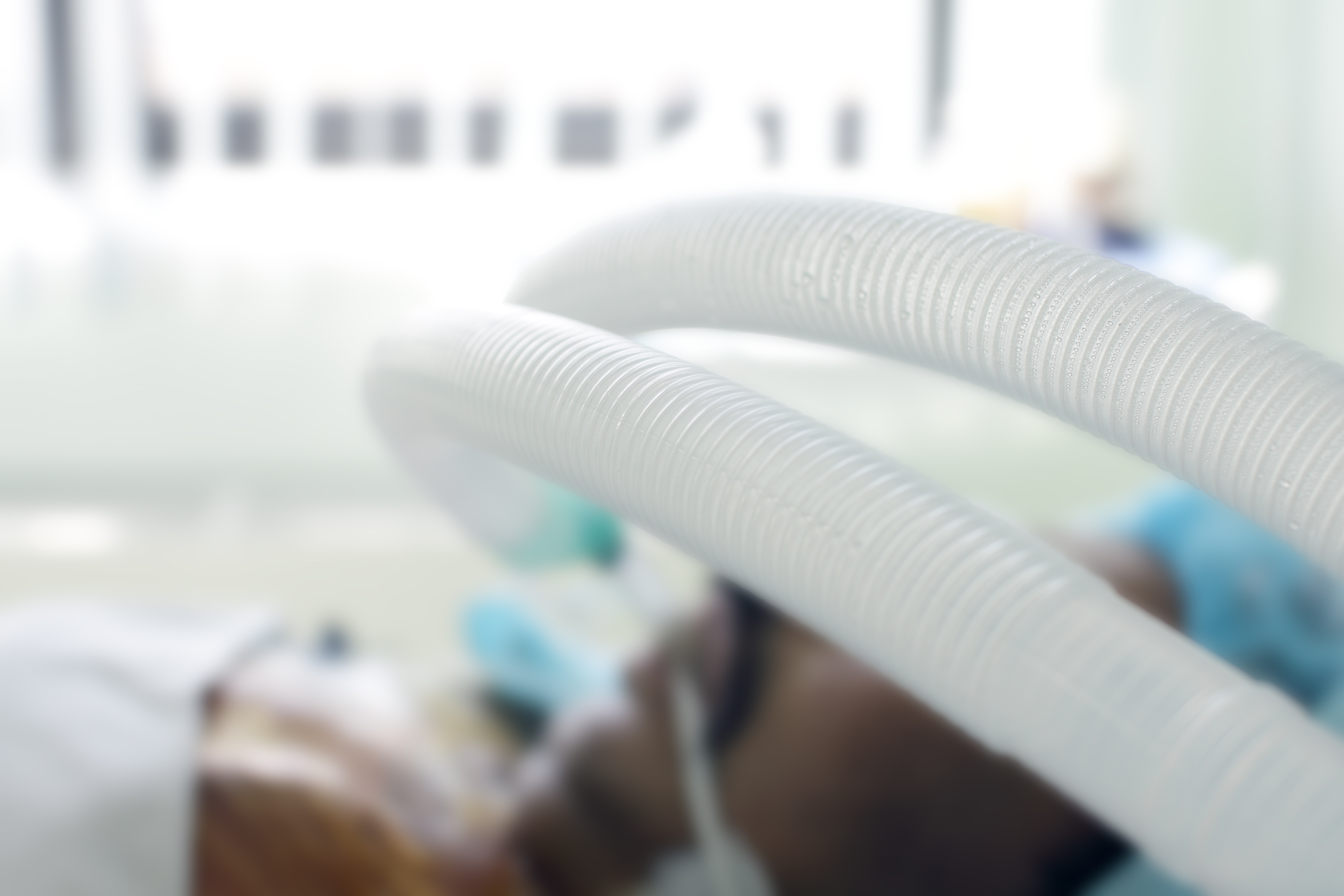Ventavis and Nitric Oxide Both Seen to Treat Hypertension in CTEPH Patients After Surgery

Inhalation treatment that uses either nitric oxide or Ventavis (iloprost) is equally effective in managing lingering high lung blood pressure after surgery for chronic thromboembolic pulmonary hypertension (CTEPH).
A comparison of the two treatments — published in the journal General Thoracic and Cardiovascular Surgery under the title, “A prospective, randomized study of inhaled prostacyclin versus nitric oxide in patients with residual pulmonary hypertension after pulmonary endarterectomy,” — suggests that also Ventavis can be offered following surgery to CTEPH patients.
Although pulmonary endarterectomy, the surgical removal of blood clots from the lungs, is a highly effective treatment for CTEPH, the procedure is not free from risk. A small number of patients, about 10 percent, continue to show high lung blood pressure post-surgery, putting them at greater risk of death.
In treating the remaining pulmonary hypertension, physicians use drugs that dilate blood vessels to reduce the pressure. Optimally, the effect of such drugs need to be restricted to the lungs, or dangerously low blood pressure systemwide can develop.
Inhaled nitric oxide is a preferred treatment for pulmonary hypertension and right ventricular dysfunction in patients who undergo cardiac surgery, but studies do not agree on its benefits for CTEPH patients following surgery. A study of Ventavis, however, showed that its use lowered lung artery pressure and resistance, as well as improved heart function in these patients.
To get a clearer picture of potential benefits, researchers at Chiba University in Japan recruited 13 CTEPH patients, who were randomized to receive either nitric oxide or Ventavis after surgery.
Respective inhalation treatment was initiated when physicians noted that the pulmonary pressure remained high, and continued until patients were able to breathe without aid. Researchers measured the effects of the treatment before inhalation, and again after 30 minutes, three hours, six hours, and the next morning.
Results showed that in both groups of patients, the treatment lowered the mean pulmonary artery pressure and pulmonary vascular resistance over time, with the best results noted at the final measurement. No adverse effects were observed on the systemic hemodynamics of the patients. All patients survived the surgery.
The team concluded that inhaled Ventavis can be considered an alternative treatment option for residual pulmonary hypertension.







